Constructing lasting partnerships
Team of Indigenous and non-Indigenous companies join forces on Giant mine remediation
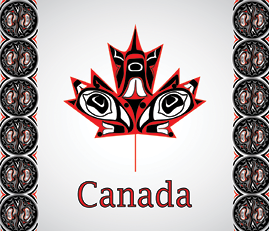
Mineral exploration in remote communities is not a matter of simply showing up, digging a few holes in the ground, and setting up shop. Similarly, cultivating partnerships and winning bids in Indigenous communities is not as straightforward as showing up with an excavator. It requires time, patience, and extensive research to understand the unique values, resources, and culture of a specific community.
Langley, B.C.-based Milestone Environmental Contracting has a long history of working with Indigenous partners on remediation projects across Canada, but more recently the contractor became part of DJRM First Nations Construction (DJRM), a majority-owned Indigenous joint venture, with the goal of pursuing opportunities in Canada’s North by combining the experience and expertise of Denesoline Corp., J&S Construction, RTL Construction, and Milestone.
“We originally met RTL at an Industry Days event up North,” says Barry Grover, head of strategic partnerships at Milestone. “We stayed in touch with the idea that we would try to bid something together in the future if there was an opportunity.”
A few years later, that opportunity arose when Parsons Corp., main construction manager of the Giant mine remediation project (a former gold mine that was in operation between 1948 and 2004 in Yellowknife) released a set-aside tender.
“RTL reached out to us and said, ‘Hey, we’ve got two Indigenous partners, and we can execute most of this project, but we don’t do environment stuff, and they recognized Milestone for its strength as a project management group that handles bigger projects with larger general partners, like Parsons,” explained Grover.
The two Indigenous partners already connected with RTL were Métis-owned J&S Contracting, and Denesoline, one of the Northwest Territories’ most successful Indigenous-owned businesses with extensive experience in the mining, construction, and manufacturing sectors.
Not long after RTL reached out, DJRM was born.
The project
The Giant Mine is one of many mine sites in the North that are part of the Northern Contaminated Sites Program funded through the Northern Abandoned Mines Reclamation Program. Working with the main construction manager and prime contractor, Parsons, DJRM facilitated the construction of freeze pads that will be used for environmental containment and management for contaminants that were left behind from more than five decades of mining operations, in particular arsenic trioxide dust that was kept in underground storage chambers. This work included removal of contaminated soils, development drill and blast operations, highwall rock stabilization, and civil work including gabion basket retaining walls, drainage sumps, and surface water collection.
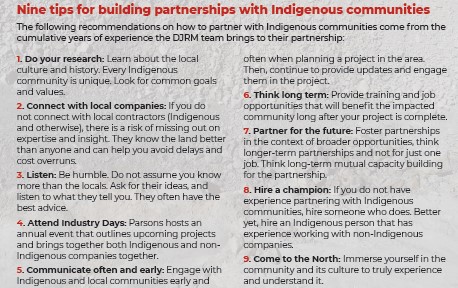
Jay Westgard, director of operations at J&S Contracting, is thankful for the opportunities Indigenous companies like his own are getting, but is quick to point out that the contracting landscape is different from what it once was. “In the past, RTL was actually our competition,” explained Westgard. “But things have changed in the North, and companies are working together more as the size of the jobs are getting bigger.”
The Giant mine project is a prime example of this. “These big contracts come with a big portion of stuff that we love to do, and they also come with engineering and technical stuff that we are not capable of doing,” says Westgard. “So partnering with RTL and Milestone allows us to do the portion of the work that we are good at.”
Choosing the right non-Indigenous partner to work with can be tricky though. Westgard says it all comes down to “trust.” It is a known problem in the North that non-Indigenous companies come looking to take advantage of local Aboriginal companies. “They want your name on the proposal, and it all looks well and good. But the reality is that you get used, and that happened a lot in the past. With RTL and Milestone, they both have very good reputations for being fair and for recognizing the value in our company.”
To protect Indigenous contractors from bad partnerships, set-aside tender project proposals now require an Indigenous opportunities consideration (IOC) that outlines the contractor’s commitment to provide employment, training, and long-term development to the Indigenous community that will be impacted by the work.
Aaron Braumberger, socioeconomic development manager for Parsons, and his team, are responsible for ensuring contractors like DJRM follow through on the commitments they outline in their IOC. He described the DJRM joint venture as a “dream scenario partnership.”
“They are a very unique partnership with a Métis contractor, Denesoline, good construction companies in the North, as well as Milestone … It is a true partnership where they each bring their strengths to the team.”
The site works were completed in August of this year after nine months, 14 operationally if you include the winter months, but even a dream team struggles when faced with a global pandemic. Communities in the Yellowknife area were locked down in October 2021, some longer than others to prevent the rampant spread of Covid-19, preventing the DJRM team from communicating in-person with the communities. “That meant we could not go in and tell them about all the great things we had to offer, and if they wanted to come to the jobsite they literally could not leave their community. It was really hard to get labour from the local First Nations and local Indigenous communities,” says Grover.
Challenges aside, the DJRM team has built a powerhouse partnership that fosters trust, mutual respect, and a track record of success in the North. They have also built relationships with local communities and companies that will make them a preferred contractor for future projects.
Tim Beckenham is Eastern and Northern region manager at Milestone Environmental Contracting.

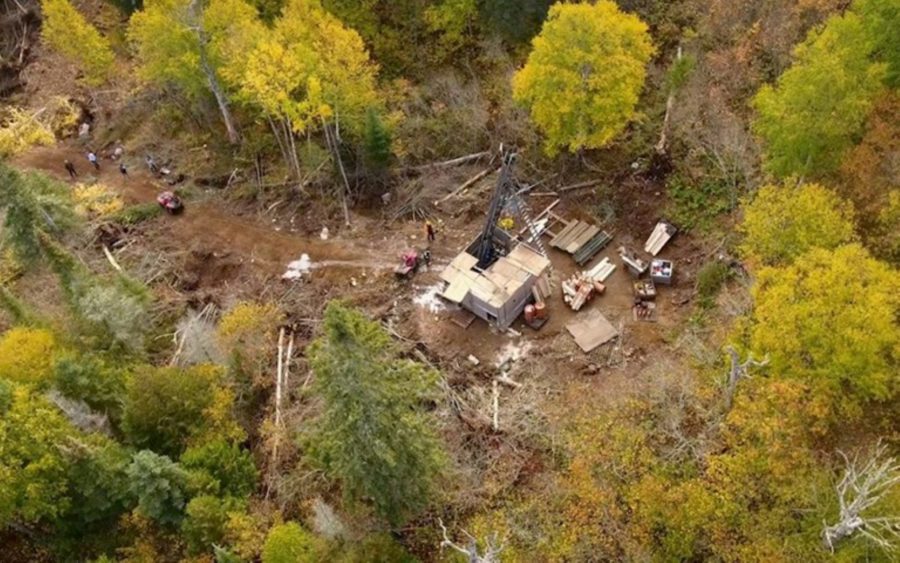
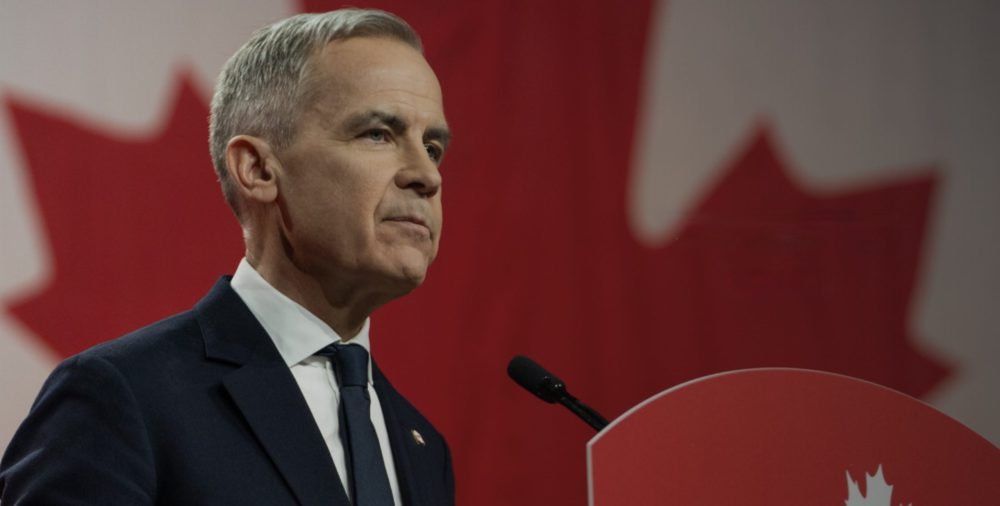
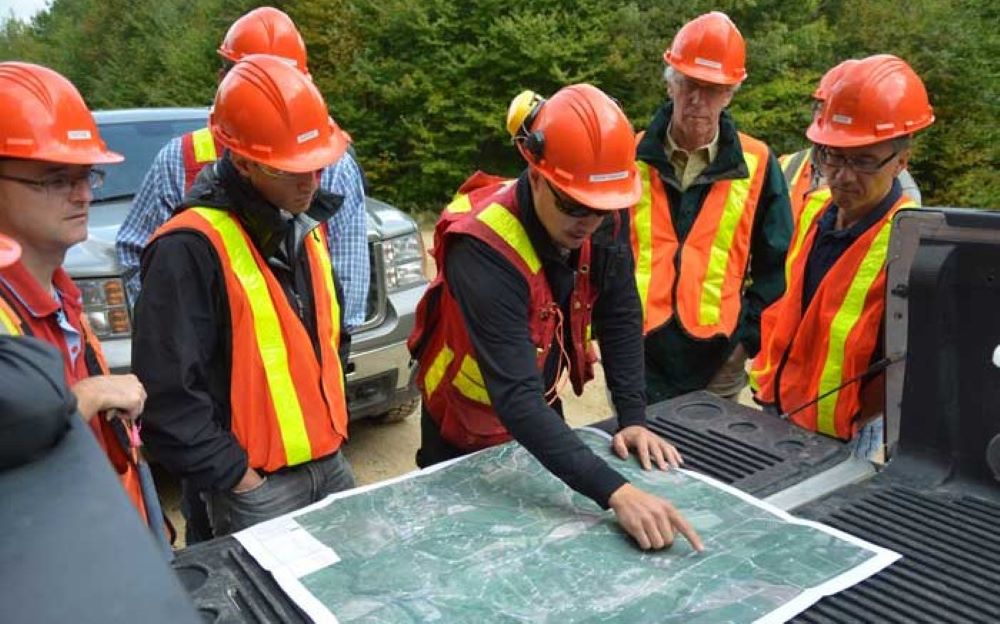

Comments